Traveling through Europe by train can seem daunting, especially if you’re from a place where passenger rail isn’t common. But with the right knowledge, it can be an unforgettable adventure. This guide will walk you through every step of planning and executing your European train journey.
Is Train Travel Right for You?
Before diving in, consider if train travel is the best option for your trip. While I’m a huge train enthusiast, it’s not always the most practical choice.
Factors like trip length, destinations, budget, and desired level of comfort all play a role. Apps like Omio can help you compare planes, trains, and buses for your route.
Generally, train travel is excellent for convenience, comfort, and scenic views. Buses and budget airlines like Ryanair, easyJet, and Wizz Air are often cheaper, but the experience of arriving directly in the city center after a relaxing, scenic train ride is hard to beat. In some cases, such as the scenic train journeys in Europe, the journey itself is the highlight.
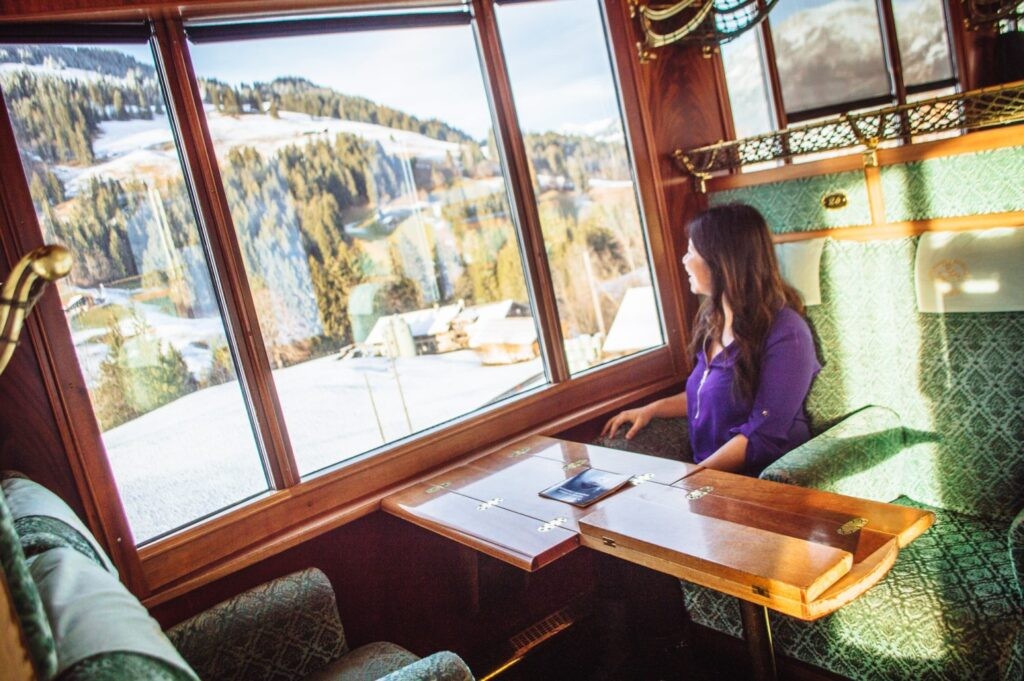 Scenic train rides in Europe with a luxurious cabin
Scenic train rides in Europe with a luxurious cabin
Buying Your Train Tickets
European train ticket pricing varies by country. In some, like the Netherlands and Belgium, prices are fixed based on distance. In others, like Germany and Italy, prices are dynamic based on purchase timing and demand.
If budget is your priority, book in advance. For flexibility, a rail pass might be better, but research if it’s worthwhile in my Eurail pass review.
Purchase tickets online or in person. Booking online beforehand minimizes stress and can save money.
In person, you’ll usually use a digital kiosk:
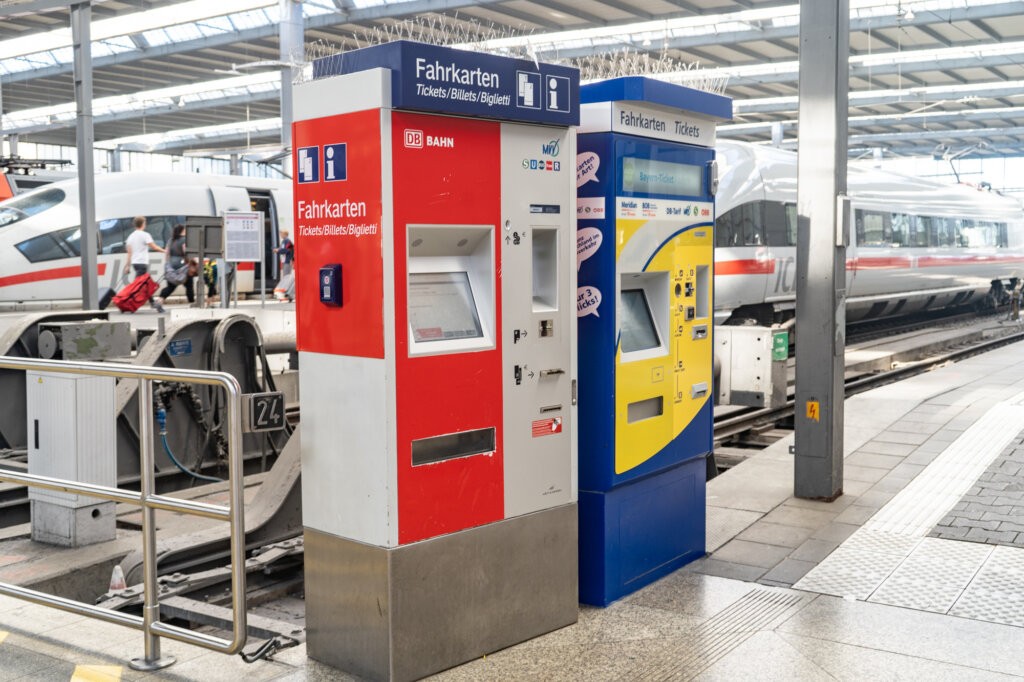 German Train Ticket Kiosk
German Train Ticket Kiosk
Customer service desks are available, but some countries charge extra for agent assistance.
Online, buy directly from the train company or through third-party sites like Omio or Trainline. Direct booking is often cheapest, but some rail company sites aren’t user-friendly. Third-party sites offer easy interfaces, familiar experiences across countries, saved payment information, and ticket organization.
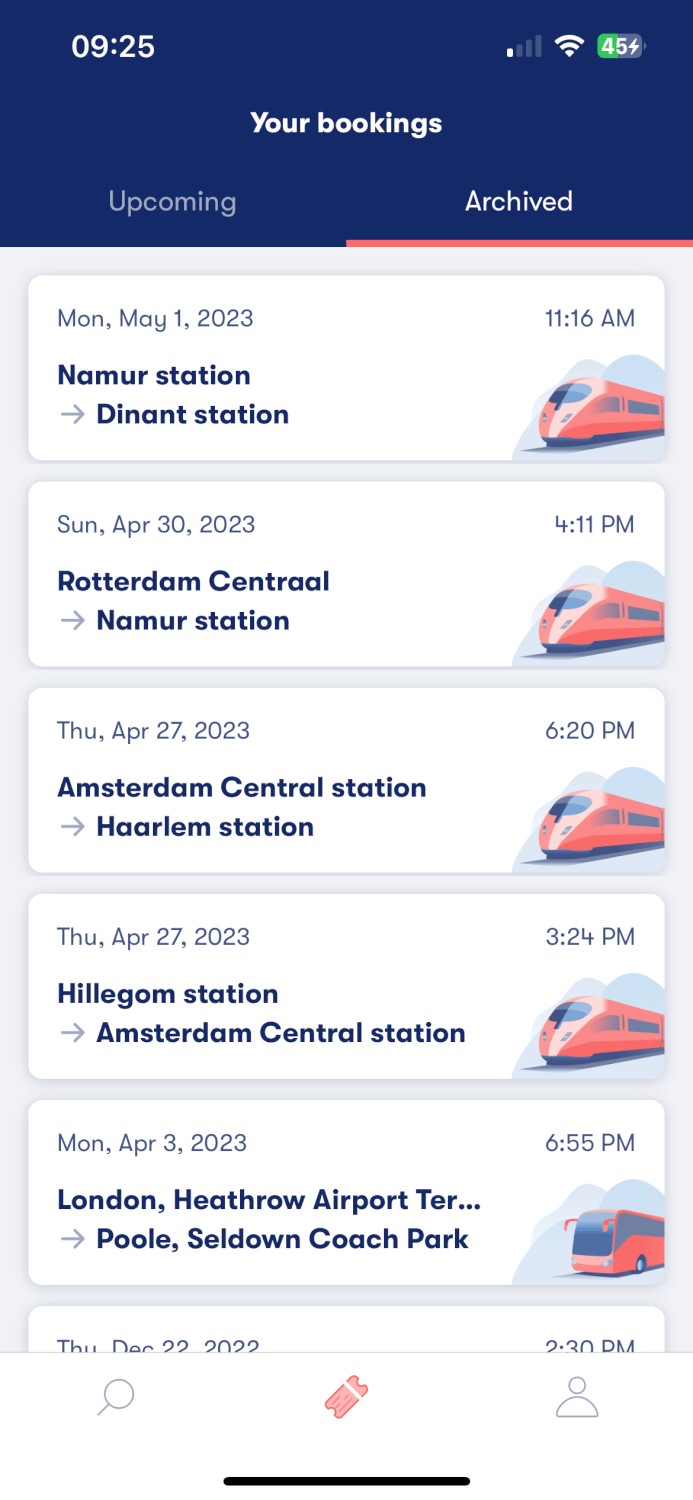 Trainline booking interface
Trainline booking interface
Consider these factors when buying tickets:
- Type of train: High-speed trains for intercity travel versus slower regional or suburban trains for shorter trips. Higher speed usually means higher prices.
- Peak or off-peak: Some countries, like the UK and the Netherlands, have peak and off-peak pricing. Off-peak travel is cheaper and less crowded.
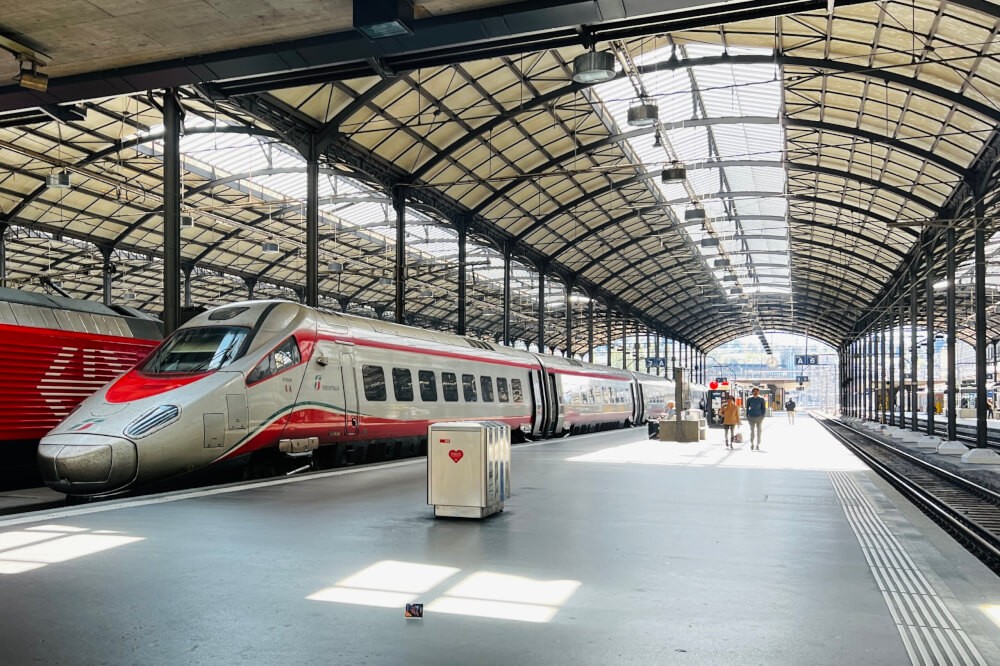 Lucerne Train Station in Switzerland
Lucerne Train Station in Switzerland
- 1st vs. 2nd class: First class offers quieter environments, slightly comfier seats, and sometimes additional amenities on longer journeys.
- Reserved seats: Seat reservations can be mandatory, optional, or unavailable. If you’re anxious or traveling during peak season, reserve a seat.
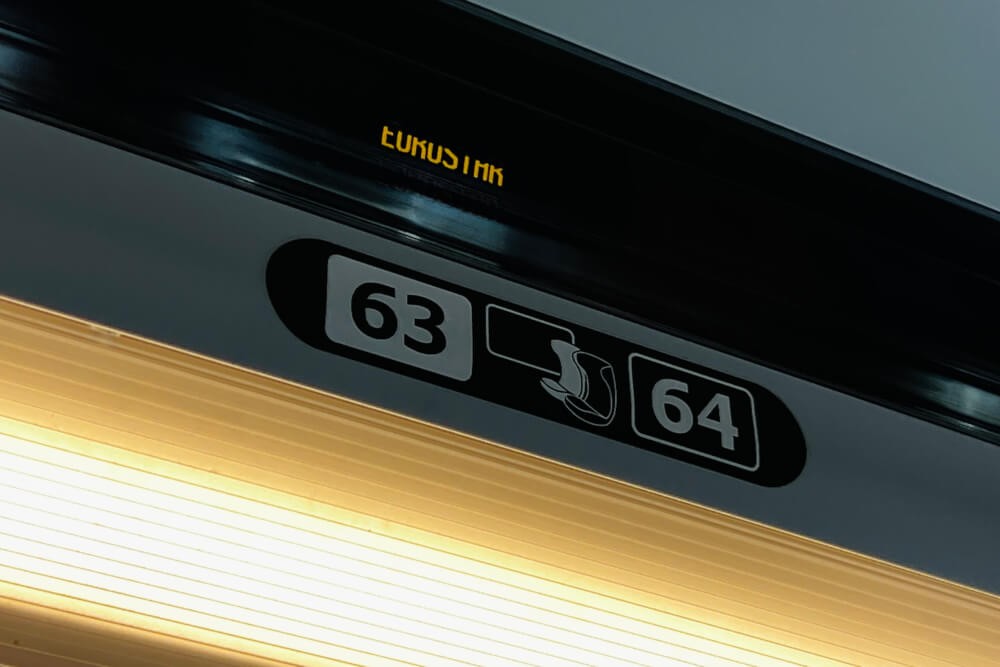 Eurostar Train cabin from London to Amsterdam
Eurostar Train cabin from London to Amsterdam
- Cabin types: Different carriages offer various formations like closed compartments or open-plan seats.
- Special carriages: Some trains have silent/quiet carriages, cellphone carriages, bike zones, or accessible zones.
- Bike or pet tickets: Add-on tickets are often required for bikes or pets.
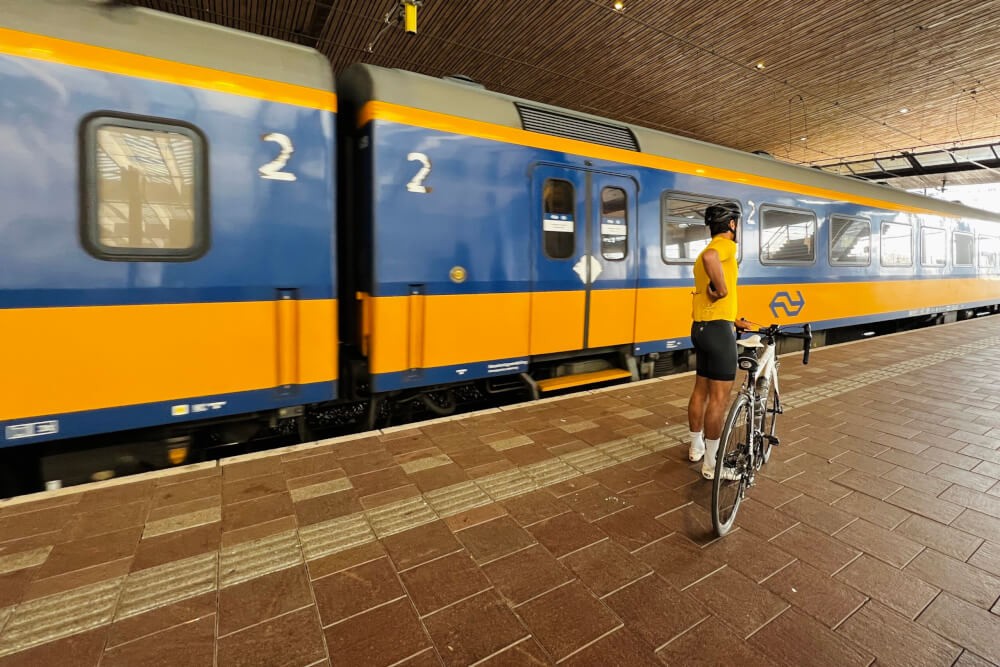 Dutch Train in the Netherlands
Dutch Train in the Netherlands
Look out for these discounts:
- Age: Discounts for children, youths, and seniors.
- Groups: Group tickets are cheaper in countries like Germany and the Netherlands.
- Weekend/Holiday: Special deals for weekend travel.
- Day tickets: Unlimited travel for a set price, great for day trips.
- Attraction tickets: Discounted train travel with attraction tickets.
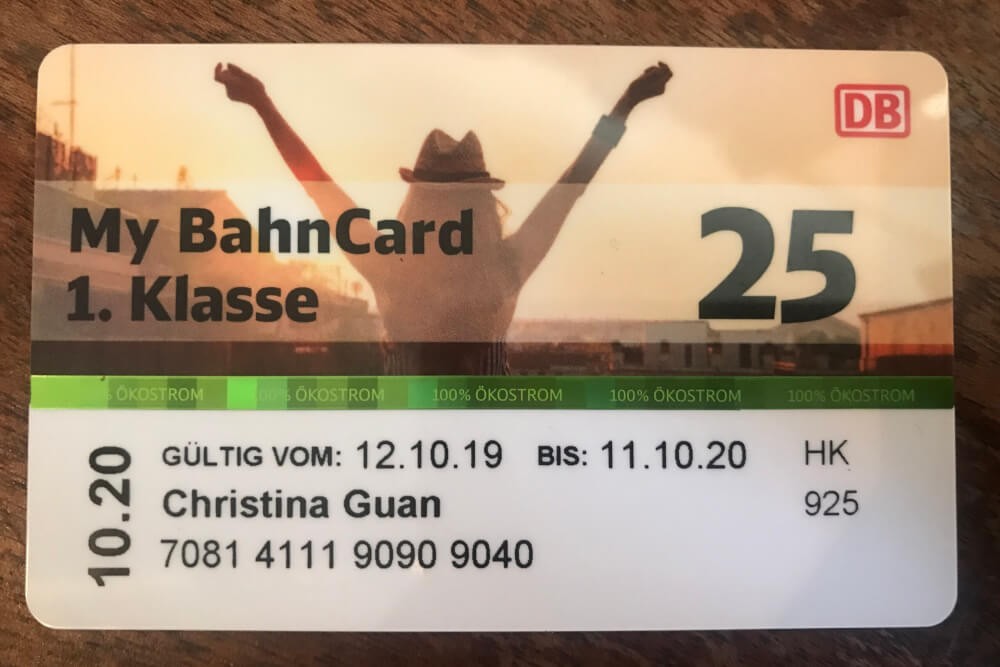 Bayern Ticket for Group travel
Bayern Ticket for Group travel
If you’re planning a longer trip, look into rail cards or discount passes for year-round savings.
Pack Snacks
Bring snacks and drinks. Eating and drinking is allowed on most trains, and on-board options can be expensive. At least bring water in case of delays.
Arrive at the Station
Double-check you’re going to the correct station. Major cities have multiple stations. Arrive at least 30 minutes early, especially if it’s your first time at the station. Train stations can be overwhelming.
Follow train symbols to find the platforms:
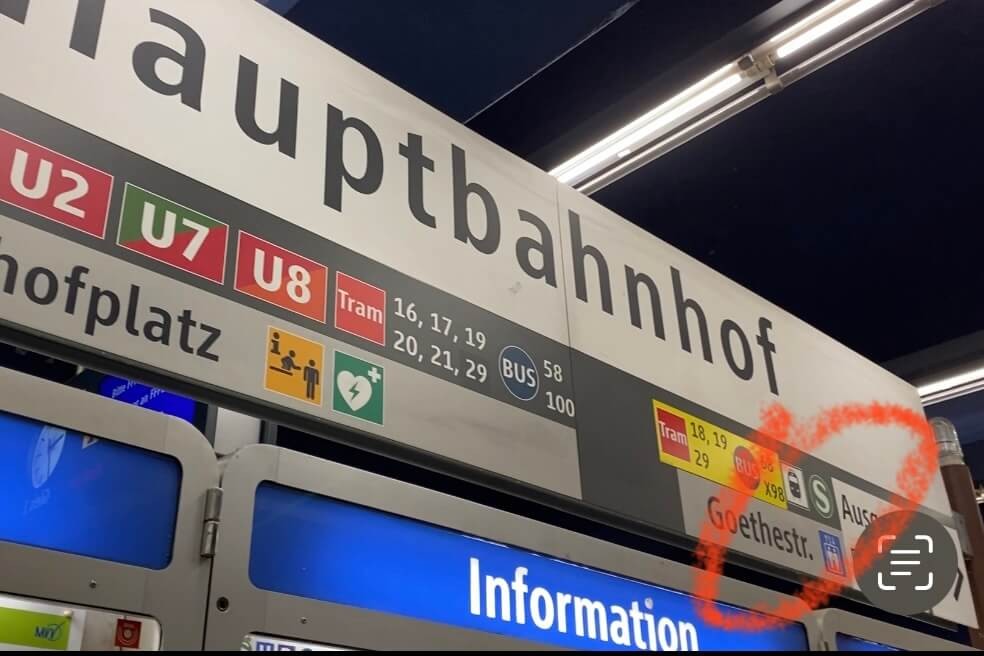 Munich Train Station Sign
Munich Train Station Sign
Find your train’s platform on the big board. Note that trains usually display the final destination, not necessarily your stop. Look for your train number and a list of stops. Know your destination’s name in the local language(s). In multilingual countries, know the name in all official languages.
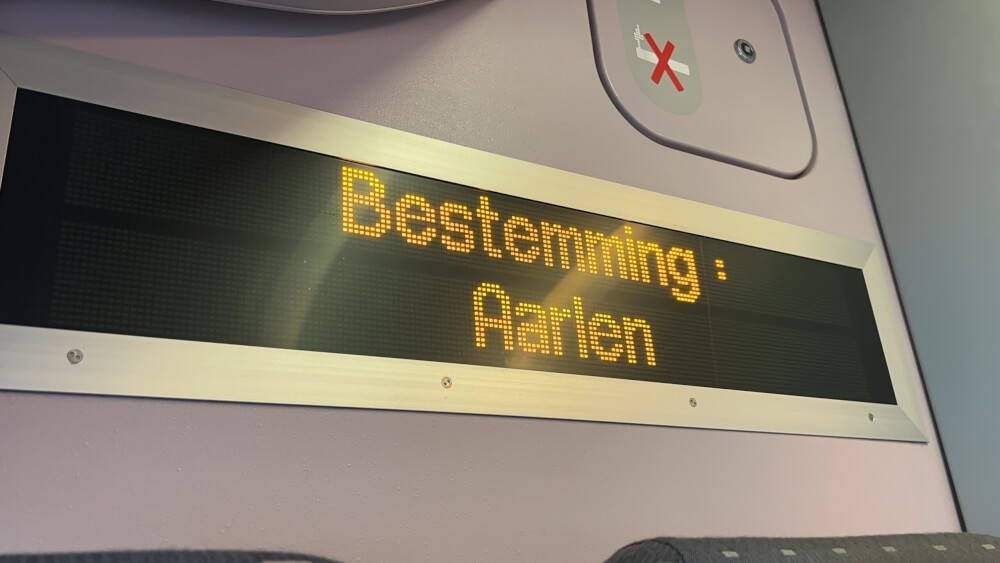 Belgian Train Destination Sign
Belgian Train Destination Sign
Get to the Platform
Platform numbers are usually well-marked. Have your ticket ready. Some countries have electronic gates. Others require ticket validation at a machine.
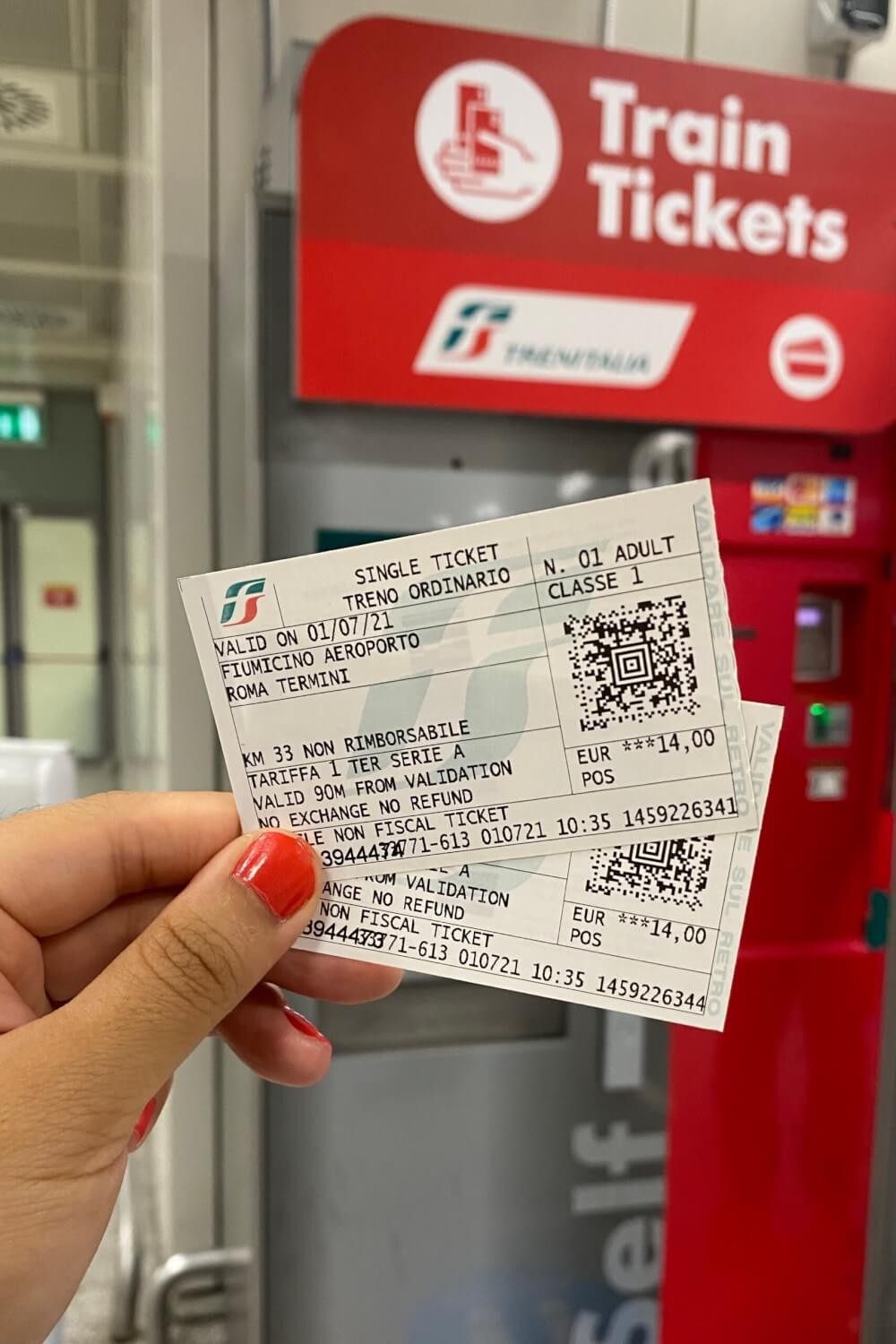 Italian train tickets
Italian train tickets
Confirm the platform is correct by checking a screen or the side of the train.
Find Your Carriage
If you have an assigned seat, note the map or legend showing where your seat will be. European trains can be very long. If you don’t have an assigned seat, board a carriage in the right class and pick a free seat.
Pay attention to:
- The class number of the carriage.
- Special carriages like quiet zones or bicycle zones.
- Whether the carriage is going to your destination (some trains split).
Walk farther for emptier carriages. Use the door open button if necessary.
 Train door open button in England
Train door open button in England
Find Your Seat
If your seat is assigned, use the correct door. Look for large luggage racks near the ends of the trains. Carry-ons usually fit above your seat.
Regional trains may not have luggage areas. Consider standing between carriages for shorter journeys.
Make sure your seat isn’t reserved and that you’re not taking up a priority space.
Get Comfortable and Enjoy the Journey!
Longer trains often have outlets, fold-out tables, coat hooks, and Wi-Fi. Some have meal cars or seat service in first class.
 Glacier Express interior cabin with cappuccino
Glacier Express interior cabin with cappuccino
Look for the WC symbol for the toilet, and keep your ticket handy for controllers. Bring ID, especially if you have a reserved or discounted ticket.
Disembark
Prepare to disembark 10 minutes before your arrival. Use screens or Google Maps to track your arrival time.
Use the door open button if needed. Watch for gaps and steps when getting off.
Keep your ticket in case you need to scan it on the way out, and secure your valuables.
Follow signs to navigate off the platform:
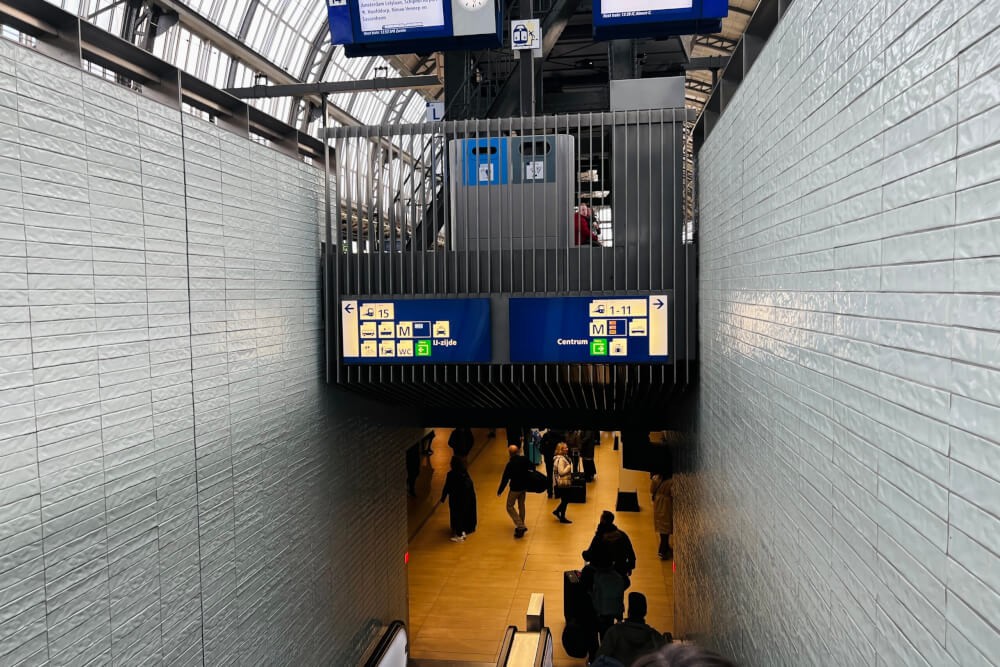 Dutch Train Station Sign
Dutch Train Station Sign
Most major stations have paid left luggage areas. Remember your train ticket is usually only valid for that specific train.
Note: If your train is delayed, you may be eligible for compensation.
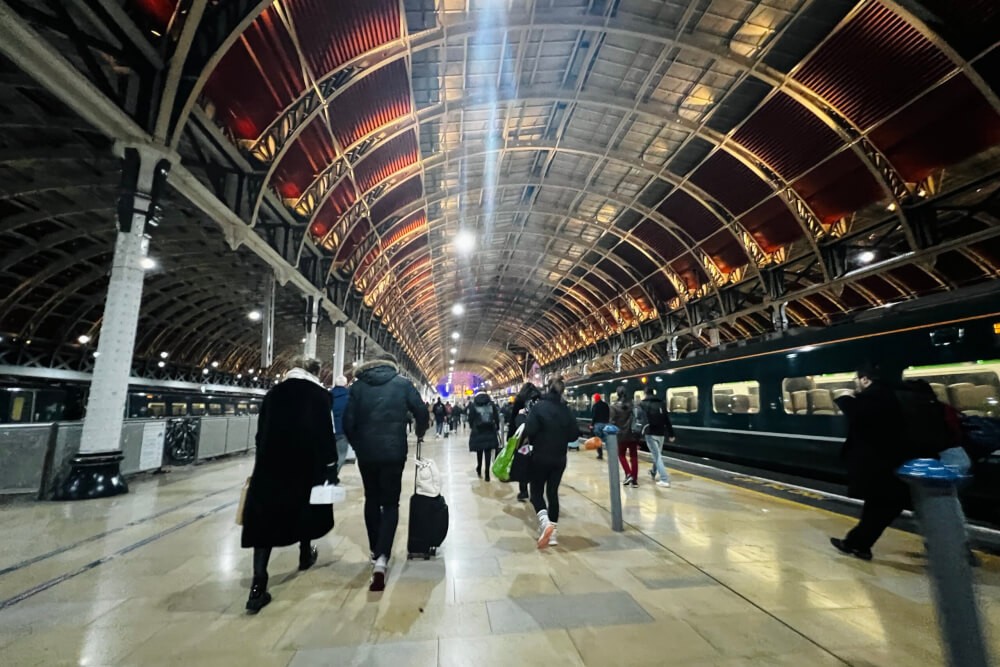 Train Travel in England
Train Travel in England
With these tips, you can navigate Europe by train like a pro!
